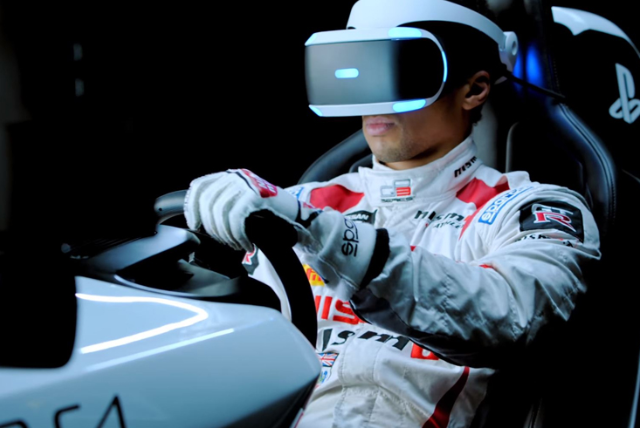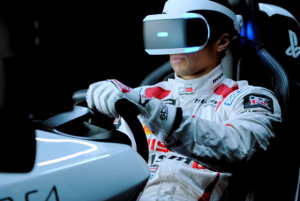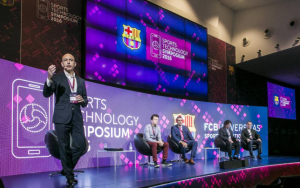Monthly Archives: February 2020
VR technology helps athletes train more effectively than usual

Training with equipment, simulation technology is not new. Before being able to experience reality, pilots or astronauts must practice hundreds, even thousands of hours with devices, simulation technology 3D, VR (Virtual Reality) or AR (Reality) Virtual enhancement). This is an extremely important factor that enables them to hone and hone their skills before “real battle”.
Today, virtual reality technology is also widely and widely used in many different fields, such as surgery or fire. It can be said that VR is really a great solution, helping students to practice their skills and flexibility before applying it to real life.
It is feasible to apply VR to sports practice plans. However, the reality shows that all these ideas are still on paper or have been tested to apply VR to practice but the results are extremely scarce.
In a recent study published in the prestigious scientific journal PLOS One called “Getting your game on: Using virtual reality to improve real table tennis skills” (roughly translated: Conquer your game: Using Technology Virtual reality to improve table tennis skills ”), a team of researchers from the University of South Australia showed the effect of training with virtual reality technology that can help athletes hone practical skills. .
VR technology has shown positive results in table tennis
Many concerns are raised as to whether the forged skills in the VR environment can be applied to reality, where the skills become much more “universal.” Besides, the training skills in VR environment still retain the speed and serenity when applied in real life.

To counter these concerns, Mr. Stefan Carlo Michalski and members of the research team opened an experiment. Accordingly, a group of amateur table tennis players wearing virtual reality devices HTC Vive installed Eleven: Table Tennis VR virtual reality software developed by Fun Labs.
The total points the player receives will be calculated from the results of each completed task, including backhand, forehand and interstitial (after a forehand stroke will be a backhand shot or vice versa. Meanwhile, another group of table tennis players will also have to go through the same challenges, but in real life.
After a period of research, Mr. Stefan and his colleagues obtained surprising results. Athletes using VR equipment (test group) performed better than the other group (control group) despite the athletes not using VR equipment also showed some improvement.


 Accordingly, Barca uses wearable devices to track player movement, fitness, health and other variables, but Pelaez said technology still has limitations at the professional level. While fitness devices have become smaller and lighter in recent years, they are still not for athletes competing at the highest level. That’s why they are mostly used on training ground rather than in matches.
Accordingly, Barca uses wearable devices to track player movement, fitness, health and other variables, but Pelaez said technology still has limitations at the professional level. While fitness devices have become smaller and lighter in recent years, they are still not for athletes competing at the highest level. That’s why they are mostly used on training ground rather than in matches.